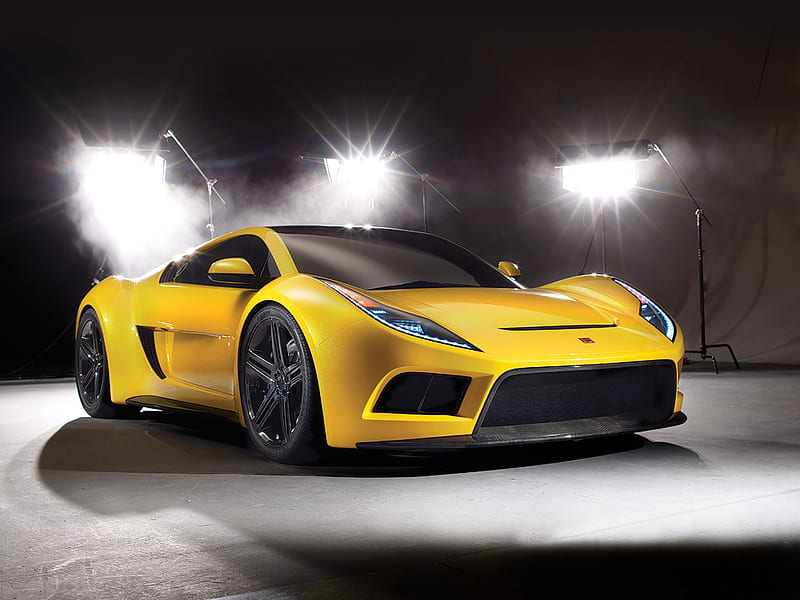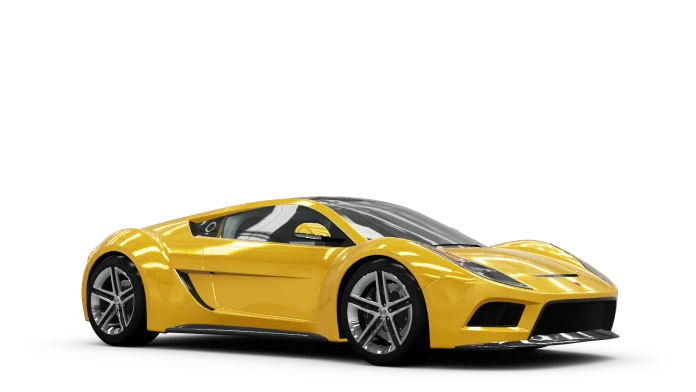The Glorious Debut of the Saleen S5S Raptor
Imagine it’s 2008. You’re at the New York Auto Show, surrounded by glitzy lights and gleaming cars. And there it is—the Saleen S5S Raptor, a beast of a supercar with looks that could make even the staunchest Lamborghini fanboy blush. This car wasn’t just a looker; it was supposed to be the affordable successor to the legendary Saleen S7. But alas, life had other plans.
Bear Stearns and the Domino Effect
While car enthusiasts were drooling over the S5S Raptor, just a few blocks away, Bear Stearns was teetering on the edge of bankruptcy. This was a sign of the impending financial apocalypse. Picture this: Wall Street suits running around with their hair on fire, and right in the middle of it all, Saleen was trying to convince the world they were ready to unleash a supercar. Spoiler alert: it didn’t work out.
Read Also
The Departure of Steve Saleen: A Plot Twist
In 2007, Steve Saleen left the company he founded. It’s like Iron Man leaving the Avengers. The timing couldn’t have been worse. By 2009, Saleen was struggling financially and had to sell many of its assets to MJ Acquisitions. They held onto the rights to the S7 and S5S names, but building a supercar was out of the question. The S5S Raptor was like a superhero waiting to be called into action but left hanging in the garage.

The Beast Under the Hood
Let’s talk about what made the S5S Raptor so special. The name itself—S5S—sounds like a code for something James Bond would drive. It stood for Saleen, a 5.0-liter engine, and its supercharged nature. This bad boy packed a 5.0-liter V-8 engine with 650 horsepower and 630 pound-feet of torque. In non-car-nerd terms, it was fast. How fast? Saleen claimed it could hit 60 mph in 3.2 seconds and do a quarter-mile in 10.9 seconds, with a top speed of over 200 mph. Basically, it was the automotive equivalent of strapping a rocket to a skateboard.
Designed to Turn Heads
The S5S Raptor was designed by David Byron at ASC Creative Services in Detroit. The man had a vision: create a supercar that oozed muscle and power but could still go toe-to-toe with the big boys from Germany and Italy. Think of it as the American response to the Audi R8, Lamborghini Gallardo, and Ferrari F430. Byron’s design featured a long, low hood, aggressive headlights with LED accents (cutting-edge at the time), and 20-inch wheels with staggered tires that screamed “look at me!”
Packed with Modern Tech (For 2008)
Unlike its older sibling, the Saleen S7, the S5S Raptor was designed to be more user-friendly. It came with ABS, stability control, and even traction control—features that made it more than just a wild beast. Saleen also planned to sell it for around $185,000, making it a “bargain” compared to the S7’s hefty price tag of around $585,000. Yep, it was supposed to be the supercar for those who wanted to ball on a budget.
Read Also
Chris Theodore: The Man with the Plan
Chris Theodore, a veteran of the auto industry and the self-proclaimed “Father of the Ford GT,” was the Chief Technical Officer at Saleen at the time. He was the guy who greenlit the S5S Raptor project. Theodore had big dreams for the car, seeing it as a glimpse of things to come. He pointed out that the Saleen team had the experience and know-how from working on iconic vehicles like the Viper, Prowler, Ford GT, and more. The S5S Raptor was supposed to be a culmination of all those lessons learned.
The Financial Crisis: The Grim Reaper of Supercars
But then reality hit harder than a turbocharged piston. Just a few months after the S5S Raptor’s debut, MJ Acquisitions bought up a significant chunk of Saleen’s business. The financial crisis was like a bad sequel to a horror movie—everything went from bad to worse. When Steve Saleen returned to the company in 2012, the window of opportunity for the S5S Raptor had closed. The car that was supposed to be America’s Ferrari fighter never got its chance to shine.
The Digital Legacy of the S5S Raptor
While the S5S Raptor never made it to production, it did leave behind a digital footprint. Gamers could experience the thrill of driving it in racing games like CSR Racing, Forza Motorsport 3, Forza Horizon, Forza Motorsport 4, and Forza Horizon 4. It’s like the car was a Hollywood actor who never got their big break but still landed a few cool roles in indie films.
The Auction Block: A Sad Ending
In November 2015, the S5S prototype and its intellectual property were put up for auction by GA Global Partners. It was a sad sight for car enthusiasts. The once-promising supercar was now just another item on a list of assets being sold off. The sale post noted that the assets were “being sold by the current owner” and “not related to or affiliated with Saleen Automotive Inc.” It’s like seeing a former star athlete selling memorabilia to make ends meet.
Read Also
What Could Have Been
The Saleen S5S Raptor was a car full of promise. It had the looks, the power, and the potential to be a game-changer in the supercar world. But timing is everything, and the S5S Raptor’s timing was abysmal. The financial crisis, internal company struggles, and the general chaos of the late 2000s conspired to keep this car from ever hitting the road.
Conclusion: The One That Got Away
So, what’s the takeaway here? The Saleen S5S Raptor is a tale of what could have been. It’s the automotive equivalent of a brilliant idea that never came to fruition. For car enthusiasts, it remains a fascinating “what if” in the annals of automotive history. Who knows? Maybe one day, a new supercar will rise from its ashes, and we’ll finally see what the S5S Raptor could have become. Until then, we can only dream.


































